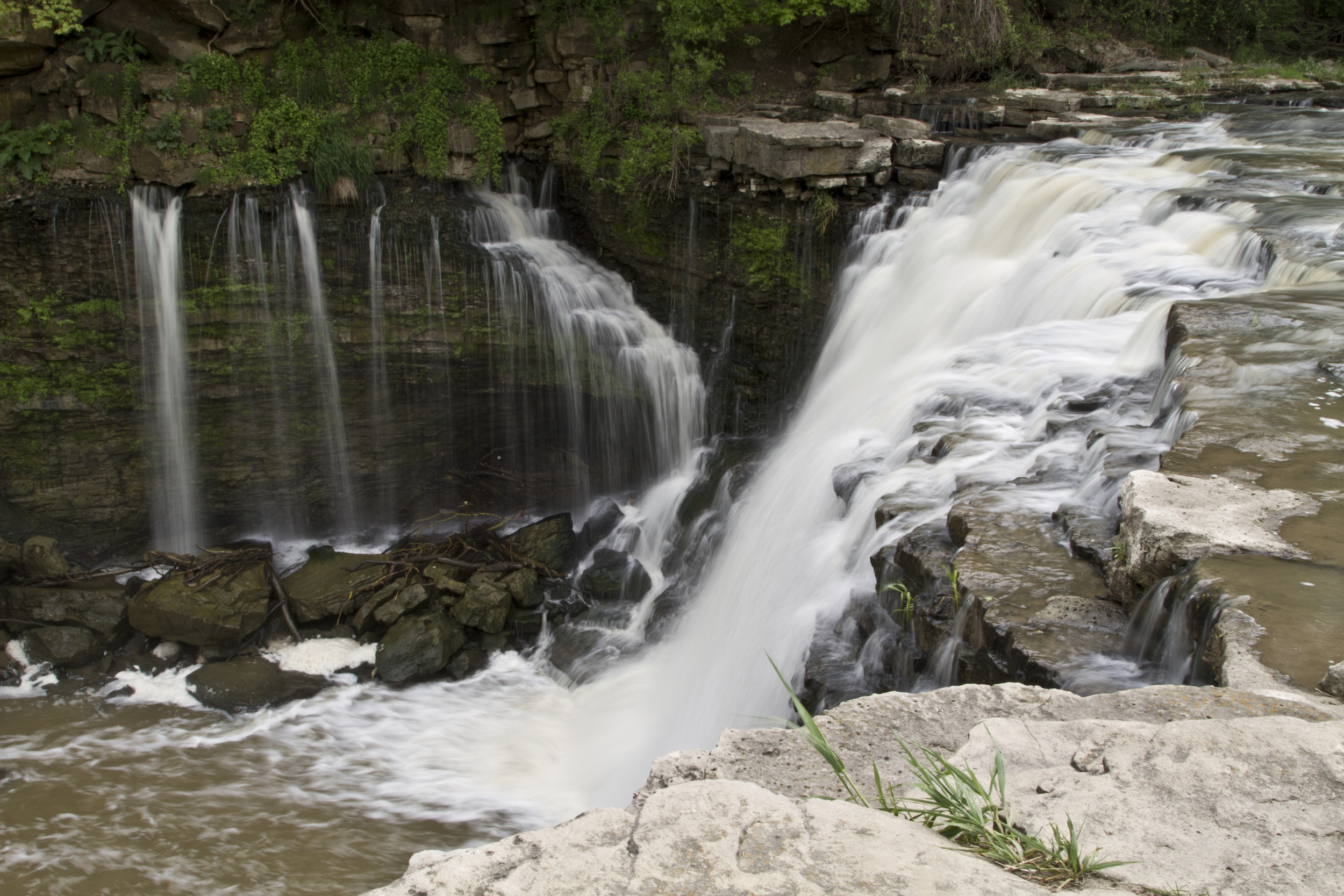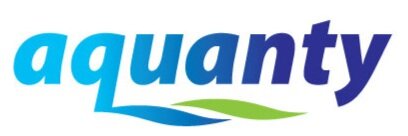
HGS RESEARCH HIGHLIGHT – Fully Coupled Surface–Subsurface Hydrological Modeling to Optimize Ancient Water Harvesting Techniques
We’re so proud that an entire chapter in the recently published “Handbook of Water Harvesting and Conservation: Case Studies and Application Examples” is dedicated to the modeling of ancient water harvesting techniques using HydroGeoSphere. In this chapter HGS was used to evaluate and optimize rain harvesting techniques across four case studies. Two of these case studies were from Chile, while the other two were in Ethiopia and Niger. The Chilean case studies evaluated the effectiveness of infiltration trenches (zanjas) in reducing surface runoff losses, promote recovery of natural vegetation and reduce land degradation. “In Ethiopia, the model was used to evaluate and optimize conservation practices with broad and narrow permanent beds, which are modified versions of locally called terwah and derdero systems.” And in Niger HydroGeoSphere models were used to evaluate several water harvesting techniques “includ[ing] scarification, zaï pits, and microcatchments like semi-circular or half-moon bunds (demi lunes)”.
HGS RESEARCH HIGHLIGHT – Hydraulic tomography analysis of municipal-well operation data with geology-based groundwater models
The study highlighted this week is focused on the estimation of aquifer parameters (e.g. hydraulic conductivity and specific storage) through inverse modeling of water-level data from observation wells collected during municipal well operations. The data is tested using four different conceptual geological models in HydroGeoSphere coupled to PEST, and the results indicate that this is a viable method of estimating reliable parameter values using existing data sets (providing a valuable new dimension to data collected during municipal well operations).

HGS RESEARCH HIGHLIGHT - Simulating Climate Change Impacts on Surface Water Resources within a Lake Affected Region using Regional Climate Projections
This study aims to assess the impact of climate change on water resources in a large watershed within the Laurentian Great Lakes region, using the fully‐integrated surface‐subsurface model HydroGeoSphere. The hydrologic model is forced with an ensemble of high‐resolution climate projections from the Weather Research and Forecasting model (WRF). The latter has been extended with an interactive lake model (FLake) to capture the effect of the Great Lakes on the regional climate. The WRF ensemble encompasses two different moist physics configurations at resolutions of 90km, 30km, and 10km, as well as four different initial and boundary conditions, so as to control for natural climate variability. The integrated hydrologic model is run with a representative seasonal cycle, which effectively controls natural climate variability, while remaining computationally tractable with a large integrated model.
